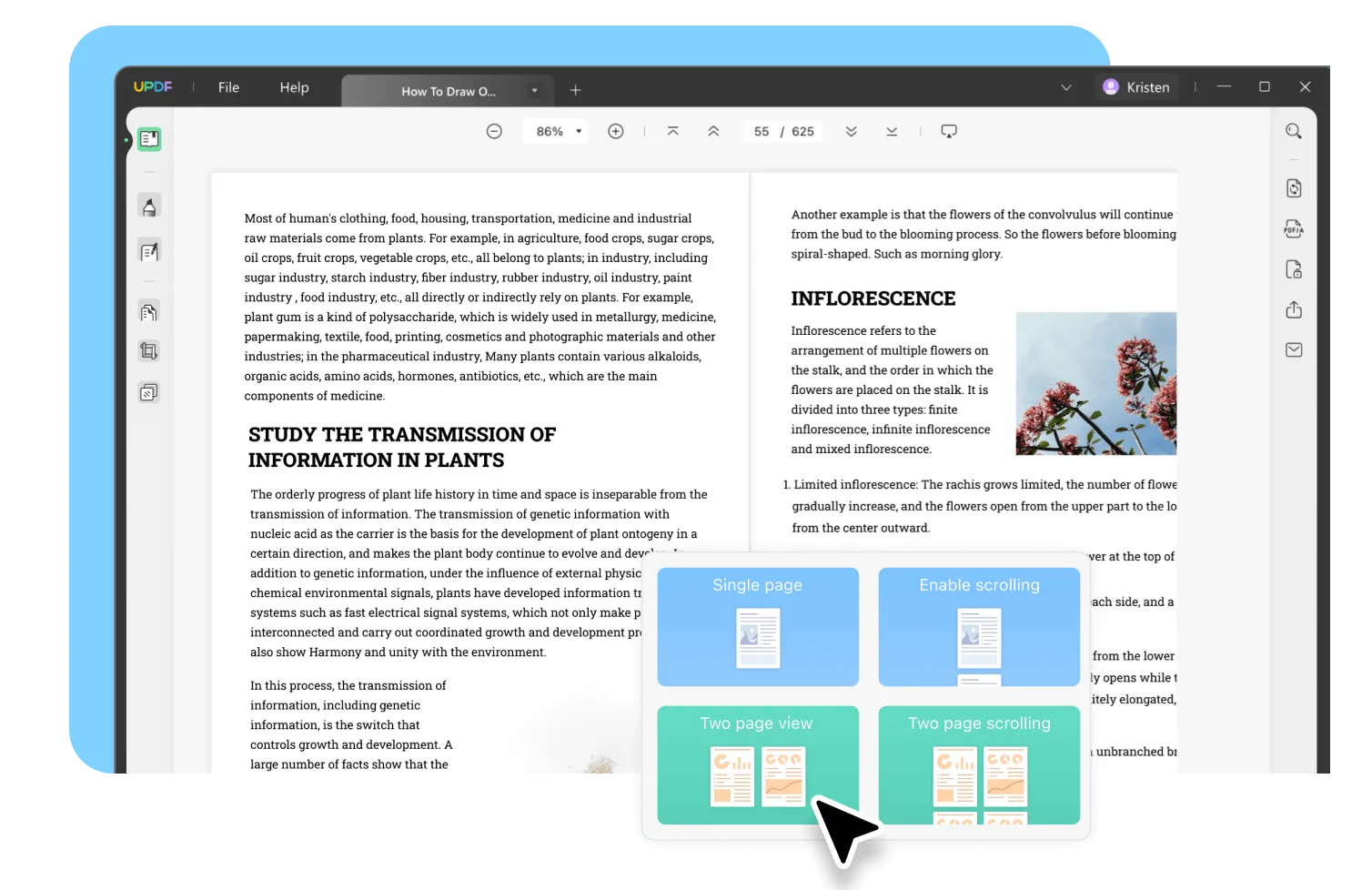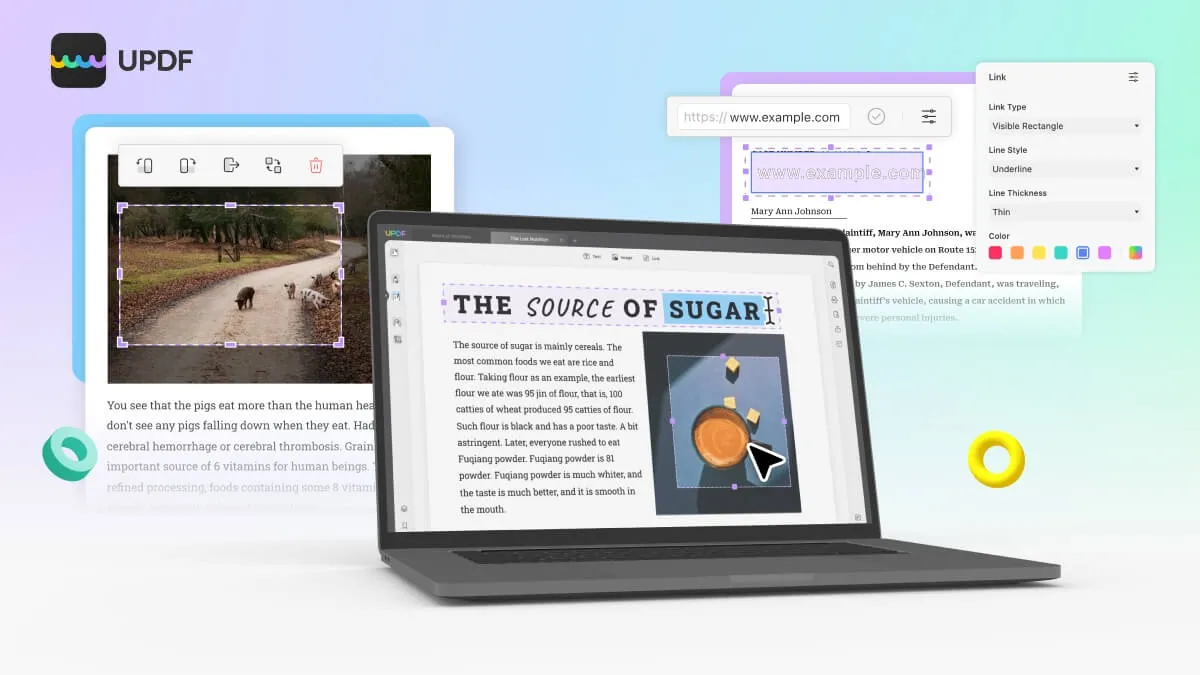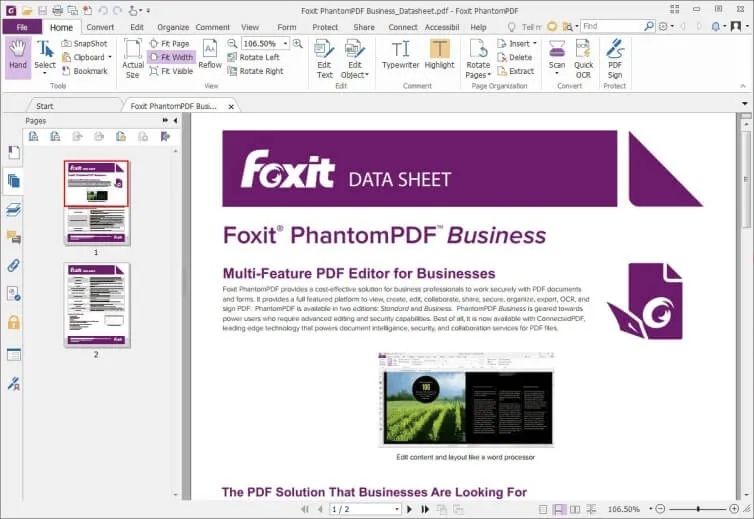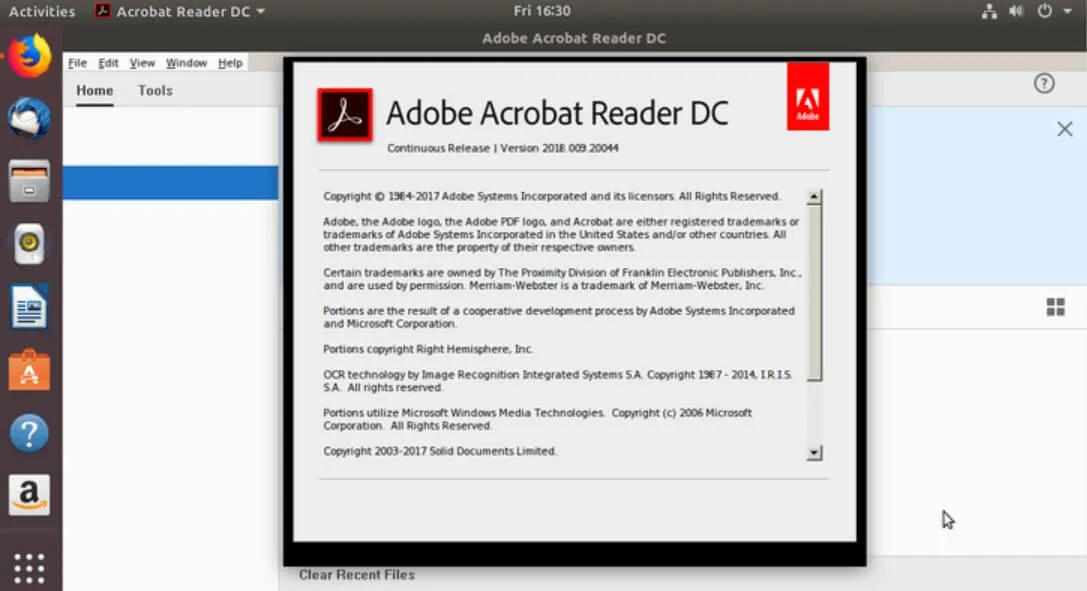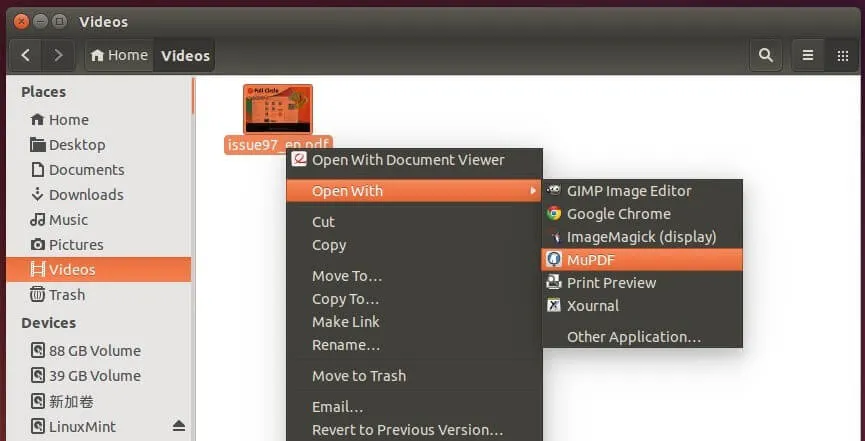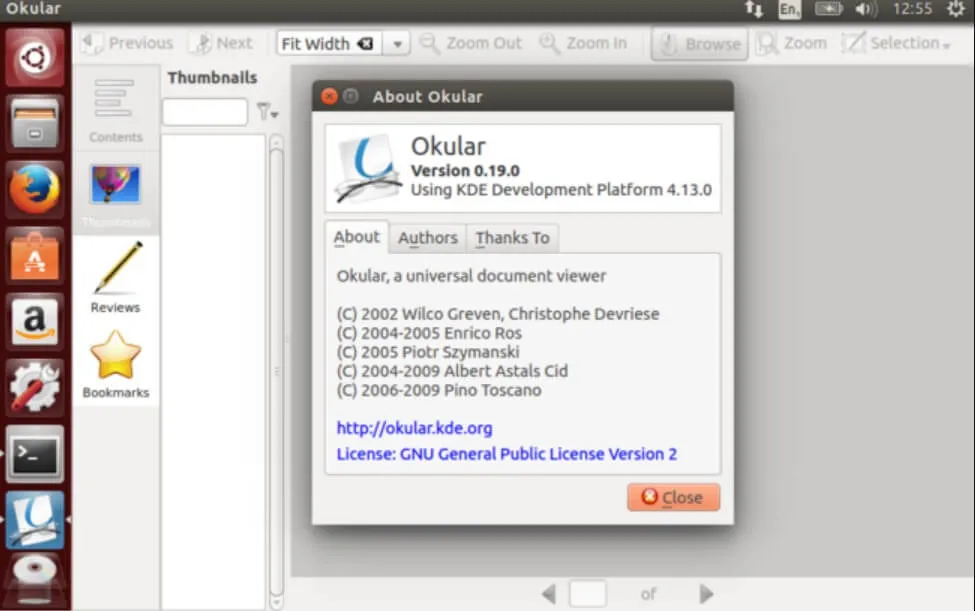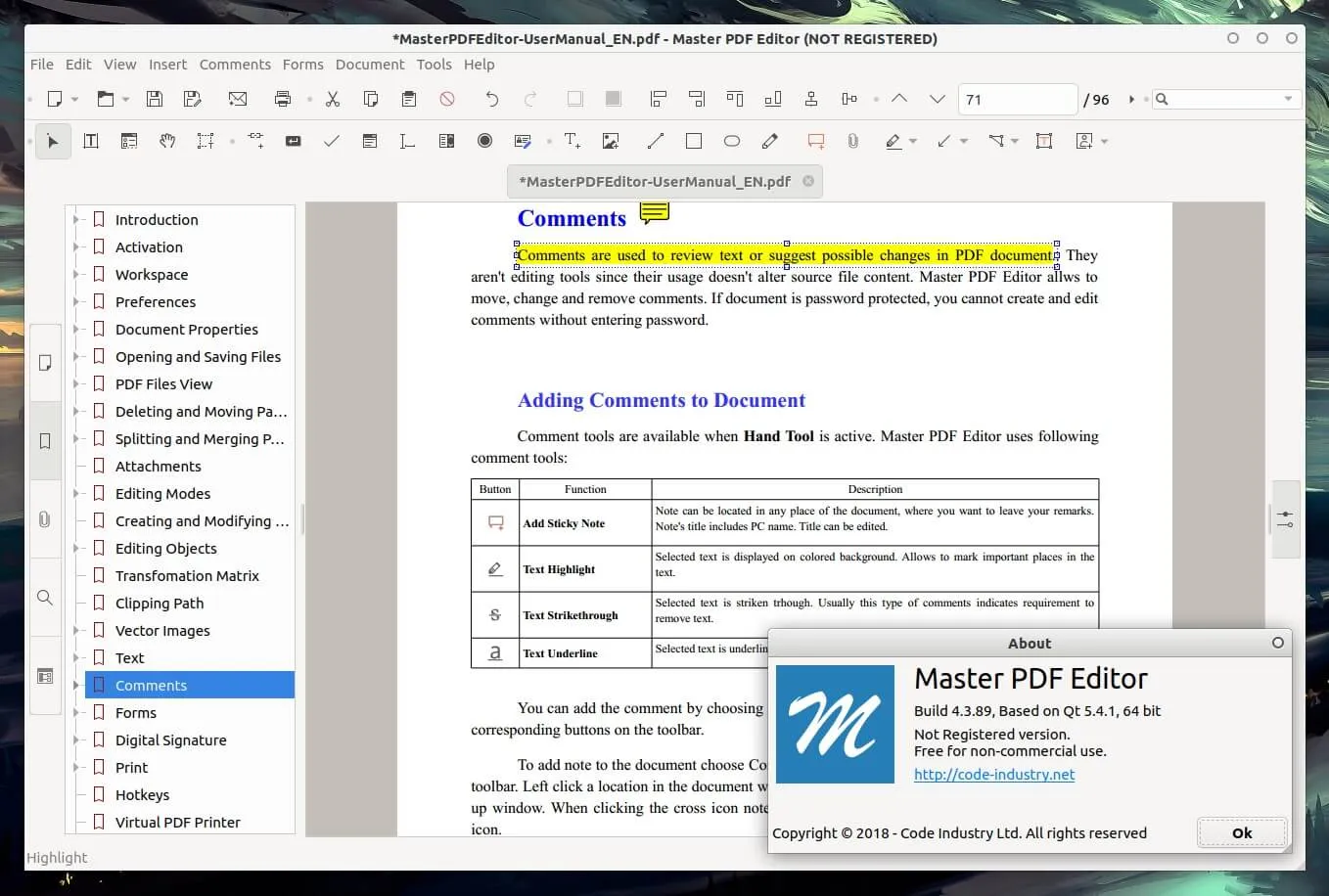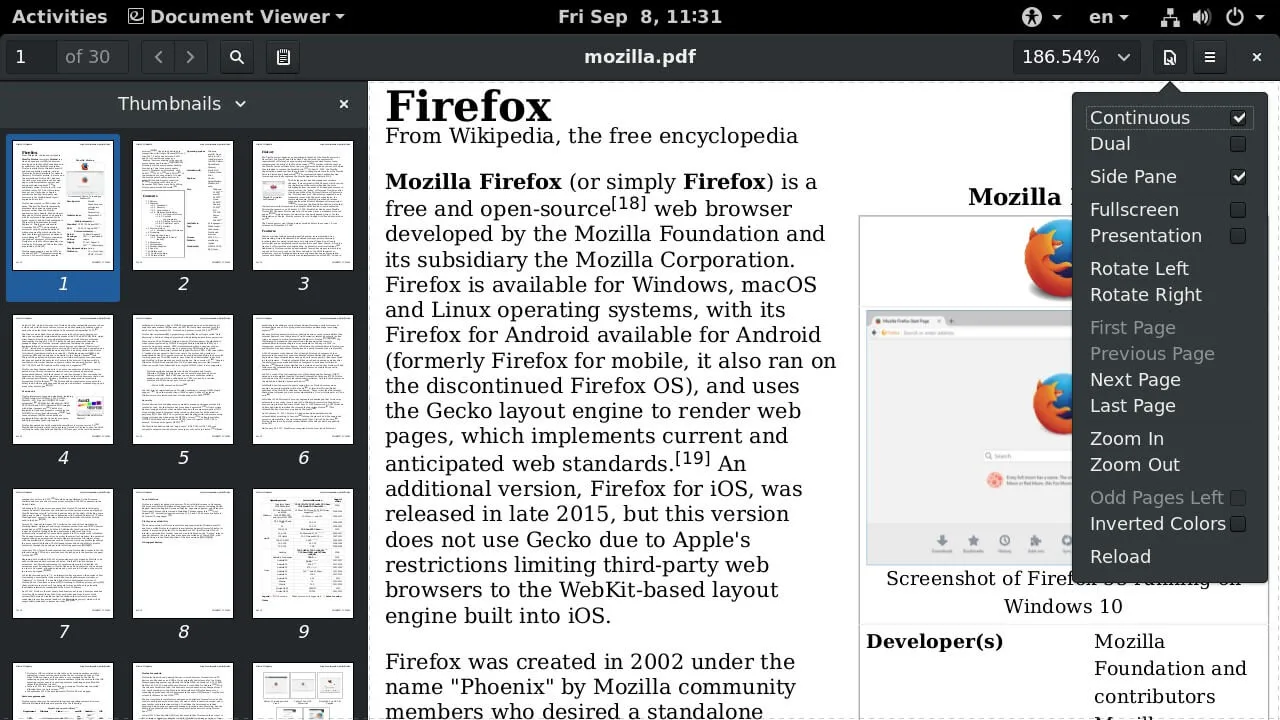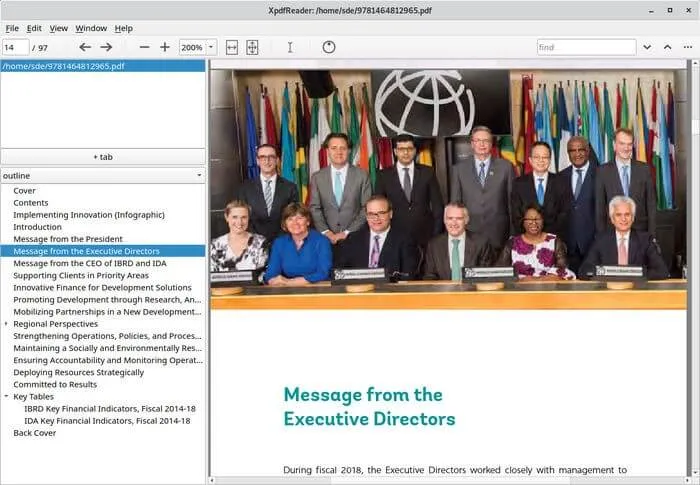- Top 8 Free PDF Reader for Linux in 2023
- The Best PDF Reader for Windows and Mac
- 2. Adobe Reader Linux
- Pros:
- Cons:
- 3. MuPDF
- Pros:
- Cons:
- 4. Okular PDF Reader
- Pros:
- Cons:
- 5. Master PDF Editor
- Pros:
- Cons:
- 6. Evince PDF Reader
- Pros:
- Cons:
- 7. Firefox PDF Reader
- Pros:
- Cons:
- 8. XPDF Linux
- Pros:
- Cons:
- Tips: How to Install Adobe Reader on Linux
- Conclusion
- Latest Posts
Top 8 Free PDF Reader for Linux in 2023
PDF files have now become one of the most secure file formats that have been commonly used today. Because this file format is meant to hold safe and compressed material, modifying it is never considered straightforward. In addition, because you are working on a Linux operating system, you may need to go beyond a simple search and apply the concept of appropriate editing software for a better PDF reader on Linux.
Fortunately, even that can be made simple despite working with PDF on a more complicated environment like Linux, thanks to PDF reader software you can find to accomplish the work seamlessly but with an expense on some. But here is a list of the best software that can spare you most of the time, effort, and cost of your search for the best PDF viewer on Linux.
The Best PDF Reader for Windows and Mac
Most people would not want to be bombarded with that extra pressure of setting up the software before they can finally start working with PDFs, especially on a Linux system. Fortunately, you will not be one of them with this smart PDF viewer — UPDF for Windows and Mac.
Why it is a great PDF reader?
This tool offers the best experience and tools when you are reading PDF documents.
- It offers four useful display modes: Single Page, Two Page View, Scrolling, and Two Page Scrolling.
- You can easily navigate to a specific page, zoom in & zoom out, etc.
- It is easy for you to add a bookmark to your PDF documents.
- The Mac version supports the dark mode to give your eyes a break.
- You can use this tool to display your PDF document as a slideshow with a speaker note feature.
It offers more features:
Super easy to use- this software is ensured to be equipped with the latest useful features in its design. UPDF lets you do more than just read PDF files and it will not surely limit your experience with loads of useful tools for annotating and organizing the contents of your PDF.
Other functions include editing PDF texts and images, PDF text highlighting, underlining, strikeout, and notation, as well as removing, adding, and rotating pages of a PDF file, as well as printing it. It also has a conversion feature, page management feature, encryption feature, and OCR text recognition feature.
The mentioned features are only among the great ones you will find in your initial experience once you download the UPDF as the best PDF reader for it is developed continuously to make sure to hold your excitement and expectations as it will release more features for you to make use of since the UPDF cherishes your recommendations for future upgrades.
You can check the video to learn how to read PDFs with this tool.
2. Adobe Reader Linux
Next on the list of PDF reader Linux, you can have is the originator of the PDF file type itself- Adobe Acrobat Reader. It is a free Adobe sub-platform that handles all of your PDF demands in a fluid and user-friendly manner but some beginners may find it complicated to use. You can view, print, and comment on PDF documents using this app, which can be compatible with your Linux system ( Ubuntu 20.04 Focal Fossa ) and now supports Adobe Document Cloud, allowing you to view your files from any device, anywhere.
If you want more than simply the ability to view PDF files on your Linux, adobe reader Linux is available for $14.99 per month. As a result, you will be able to do the aforementioned functions without restriction, and your utilization will be of higher quality.
Pros:
Cons:
3. MuPDF
Next is an open-source yet free PDF viewer for the ubuntu system which is the MuPDF. It is a lightweight document viewer(not just PDF documents) that includes a software library, command-line tools, document annotations, and the ability to edit and convert documents to HTML, PDF, CBZ, and a variety of other file formats. MuPDF may be downloaded from the Ubuntu Software Center or installed using the command line.
MuPDF’s renderer is optimized for high-resolution anti-aliased visuals. It produces text with metrics and spacing that are exact to fractions of a pixel for the most realistic reproduction of a printed page on the screen. The viewer is compact, quick, and all-encompassing. Many document formats are supported, including PDF, XPS, OpenXPS, CBZ, EPUB, and FictionBook 2. With the mobile readers, you may annotate PDF documents and fill out forms (this feature is coming soon to the desktop viewer as well).
Pros:
Cons:
4. Okular PDF Reader
Okular is a cross-platform document reader specially designed for PDF file types for the KDE desktop environment created by the KDE community. This Linux PDF viewer is feature-rich as it is equipped with an embedded 3D model for PDF enhancement, and subpixel rendering on processing multiple file types and also includes a table selection tool that can be handy for selecting contents on documents. You can have this software just absolutely free as it also supports a variety of document file types, including PDF, PostScript, DjVu, XPS, and others.
Page annotations, extracting content from a PDF file to a text file, bookmarks, and many more capabilities are available in Okular. It runs efficiently on low-end PCs and readily processes huge PDF files.
Pros:
Cons:
5. Master PDF Editor
Another proprietary tool for not just reading but also editing PDF files on your Linux desktop is the Master PDF Editor. You can accomplish practically anything with Master PDF Editor, from editing PDF files to editing scanned documents with quality results as it also supports cross-platform integration. In a PDF file, you can add or modify the text, insert photos, adjust the size of items, and copy things to the clipboard. It has advanced annotation features like sticky notes, measurement tools, and shapes, as well as enhanced capabilities like strikethrough, underlining, and highlighting.
You may use it for free, but your PDF files will have a watermark if you don’t register. You might opt to buy it if you want to get rid of the watermark but you can have the applications licensed version for only $69.95.
Pros:
Cons:
6. Evince PDF Reader
Another PDF reader suggestion for your Linux is the Evince PDF reader which is primarily a document reader for the GNOME desktop environment. It is included in all Linux repositories, and you may manually install it using the command below. Evince is a small and simple PDF reader that provides a pleasant user experience.
The Evince PDF reader is also an intuitive PDF reader which is versatile as it offers Thumbnails, a search tool, printing, and encrypted document viewing are all included in Evince. PDF, XPS, Postscript, DVI, and more document formats are all supported.
Pros:
Cons:
7. Firefox PDF Reader
If you want a PDF tool that can be easily accessed on your Linux, you can try the firefox PDF reader. Firefox has a built-in PDF viewer that lets you view practically any PDF file on the web without having to open it in another program (exceptions to this are PDF files with a MIME type incorrectly set).
By default, the built-in PDF viewer is already turned on the moment you opt to have the Mozilla browser so you are spared the hassle of finding a separate tool to view PDFs. The built-in PDF viewer will render a PDF file when you click on a link to it or open it from the Firefox Downloads panel.
Pros:
Cons:
8. XPDF Linux
This software may be last on the list but it has been running for a remarkably long time now and has still been prominently admired by most- XPDF for Linux. The software is also an open-source PDF reader which has a lengthy and illustrious history, as well as a well-functioning system. It was previously only supported on Windows, but it is now also supported on Linux systems.
It contains several other functions excluding viewing PDF files such as text extractor, postscript converter, etc. When working with high-graphics files, however, this is not the best option. On the other hand, it is really useful if you are not overly concerned with visuals.
Pros:
Cons:
Tips: How to Install Adobe Reader on Linux
You may be wondering whether Adobe reader is compatible to run on a Linux operating system. The Adobe company made sure that their software products are on the next level while being capable to run across complex platforms or environments such as Linux. However, Adobe no longer supports Acrobat Reader. The most recent native Linux version is 9.5.5, which was released on April 26, 2013. To avoid potential vulnerabilities and hacker exploits, you should avoid using/installing Adobe Acrobat Reader.
Regardless, if you still want to have adobe reader on your Linux, you can have it by following these prerequisites and instructions below:
Before you can download Adobe Reader on your Linux, you need to have your system installed or upgraded to Ubuntu 20.04 Focal Fossa and have access to the sudo command.
Step 1. To install The Adobe Acrobat Reader start by opening the terminal and just enter the following command:
$ wget -O ~/adobe.deb ftp://ftp.adobe.com/pub/adobe/reader/unix/9.x/9.5.5/enu/AdbeRdr9.5.5-1_i386Linux_enu.deb
Step 2. Next is to enable the i386 architecture which is the name of the 32-bit instruction set first implemented by Intel in the 386 processor. Enter the command:
$ sudo dpkg —add-architecture i386
Step 3. Next is to install all of the prerequisites:
$ sudo apt install libxml2:i386 libcanberra-gtk-module:i386 gtk2-engines-murrine:i386 libatk-adaptor:i386
Step 4. Finally, you can install the actual Adobe Reader package you just downloaded by entering the command:
Conclusion
After introducing the top 8 PDF readers for Linux, you can choose to use any one of these to meet your needs. However, if you are using Windows and Mac systems, it is better for you to use UPDF instead. This tool offers the most amazing PDF reading experience as well as advanced features including editing, converting, OCR, protecting, and sharing PDFs. Click the button below to try it for free.
Latest Posts
- How to Convert Visio to Word? (4 Ways)
- Top 5 Useful File Managers on Windows 10/11
- How to Convert Visio to PowerPoint? (4 Ways)
- How to Edit PDF in Microsoft Edge?
- How to Edit PDF on Windows with and Without Acrobat?
- What Are iPadOS 17 PDF Editing Features? All You Need to Know Is Here
- How to Convert CAJ to Word?
- How to Convert Google Slides to PDF? (The Complete Guide)
- How to Convert Word to TIFF? (Detailed Guide)
- How to Edit Read Only PDF? (Several Steps)
- Building High-Performing Teams: Essential Management Skills
- How to Unlock PDF After Signing Step-by-Step
- How to Convert Word to BMP? (4 Ways)
- Top 5 Gantt Chart Makers You Can’t Miss
- How to Convert Word to XML? (3 Ways)
